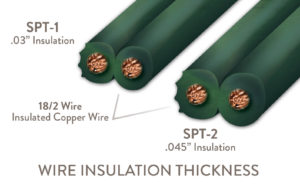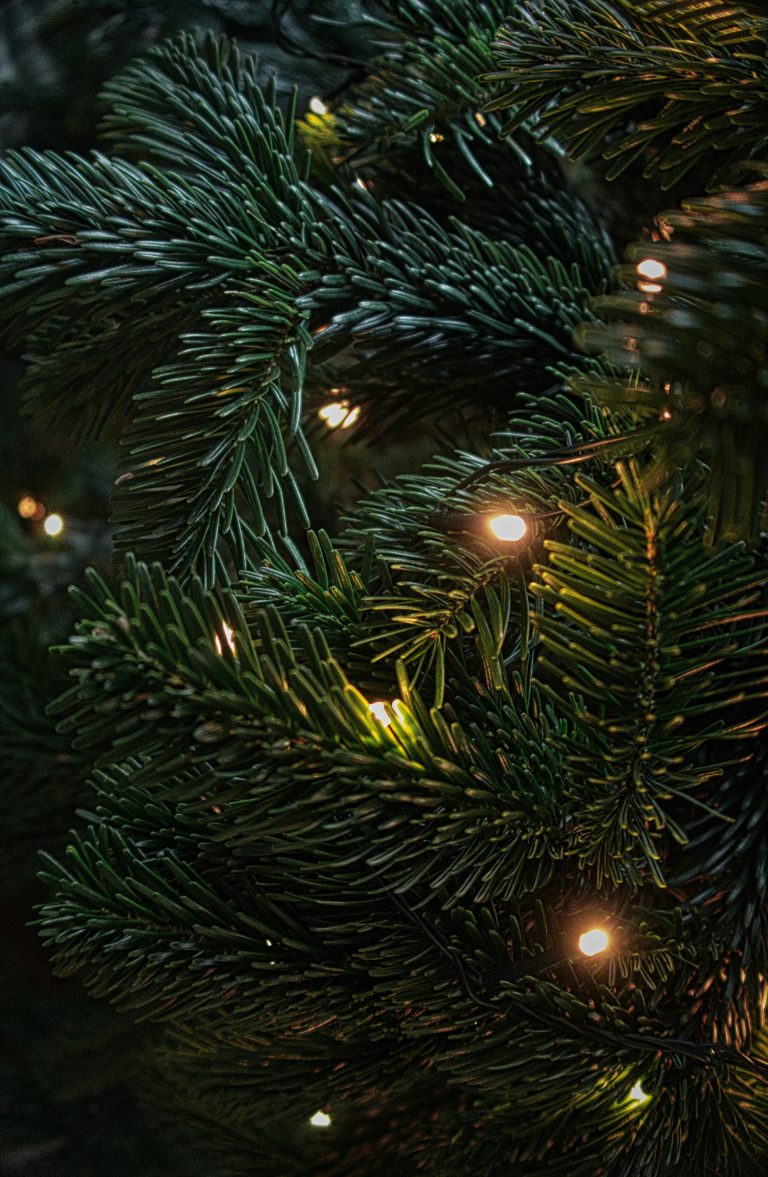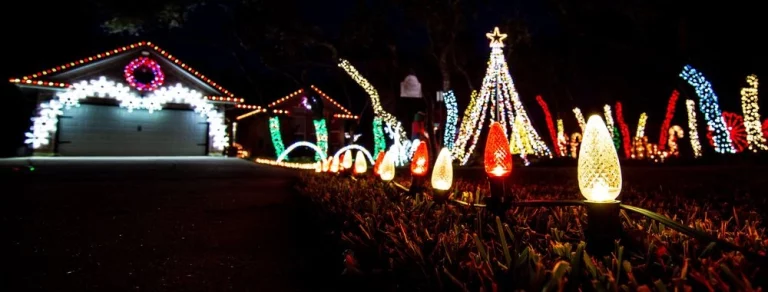This blog post will discuss the differences between SPT-1 and SPT-2 Christmas lights wire, as well as provide helpful tips on choosing the right type of wire for your Christmas lighting project.
Table of Contents

Decorating your home for Christmas with beautiful lights is a great way to bring Christmas cheer and joy. But it can be tricky to figure out the different types of wiring and insulation needed for Christmas lights. In this blog post, we’ll discuss the differences between SPT-1 and SPT-2 Christmas lights wire, as well as provide helpful tips on choosing the right type of wire for your Christmas lighting project.
What’s The Difference Between SPT-1 and SPT-2?
SPT is an abbreviation for Stranded, Parallel, Thermoplastic, a designation found on most flat wire. The Stranded, Parallel, Thermoplastic wiring is a type of electrical wire that has multiple strands of metal wires covered with insulation. This abbreviation is always followed by a number denoting the insulation thickness. Despite what many believe, insulation thickness is the only difference between SPT-1 and SPT-2 wire. Insulation thickness does not determine the amperage, wire gauge does. The most common Christmas lighting wire is 18-gauge, which is rated for 10 amps.
Should You Choose SPT-1 or SPT-2?
The only thing that will directly affect the amperage of Christmas lighting is the length of the wire being used. SPT-1 Christmas lights wire has an insulation thickness of 15 mils, while SPT-2 Christmas lights wires have a thicker insulation at 30 mils. The insulation thickness of wiring is not a factor affecting the maximum amperage the wire can carry. If you are running Christmas lighting in damp outdoor conditions, then choose SPT-2 as it is more resistant to moisture. SPT-2 wire is typically more durable, too, so unless your application needs thinner wire or a SPT-1 wire option is much cheaper, then always go with SPT-2.
Is SPT-1 Wire Usually Cheaper?
Yes, SPT-1 Christmas lights wire is typically cheaper than SPT-2 Christmas lights wire. This is because it has a thinner insulation and requires less material to produce. However, the cost difference may not be substantial enough to justify the potentially decreased performance of using SPT-1 Christmas lights wire in damp outdoor conditions.
Why is SPT-2 Wire Insulation Better for Outdoor Applications?
SPT-2 Christmas lights wire has a thicker insulation of 30 mils, which makes it more resistant to damage and moisture than SPT-1 Christmas lighting wires with 15 mils of insulation. This thicker insulation will help protect your Christmas light wiring from water, rain, snow or other potentially damaging outdoor conditions. Additionally, the thicker insulation helps reduce the risk of electricity arcing and short-circuiting in your Christmas lighting system.
Tips for Christmas Light Wiring Projects
– Before purchasing Christmas lights wire, measure the length of your wiring project to determine how many feet of wire you will need.
– Once you know the total length, choose the right gauge and insulation thickness according to your Christmas lighting needs.
– If you are using Christmas lights outdoors, use SPT-2 wire as it is more resistant to moisture.
– Be sure to purchase Christmas lights that are UL listed, meaning they have been tested and certified for safety by Underwriters Laboratories.
Decorating your home for Christmas with beautiful lights can be a fun and exciting way to bring Christmas cheer and joy. But it can be tricky to figure out the different types of wiring and insulation needed for Christmas lights. In this blog post, we discussed the differences between SPT-1 and SPT-2 Christmas lights wire, as well as provided helpful tips on choosing the right type of wire for your Christmas lighting project. By following these tips, you can make Christmas light wiring an easier and safer project.




